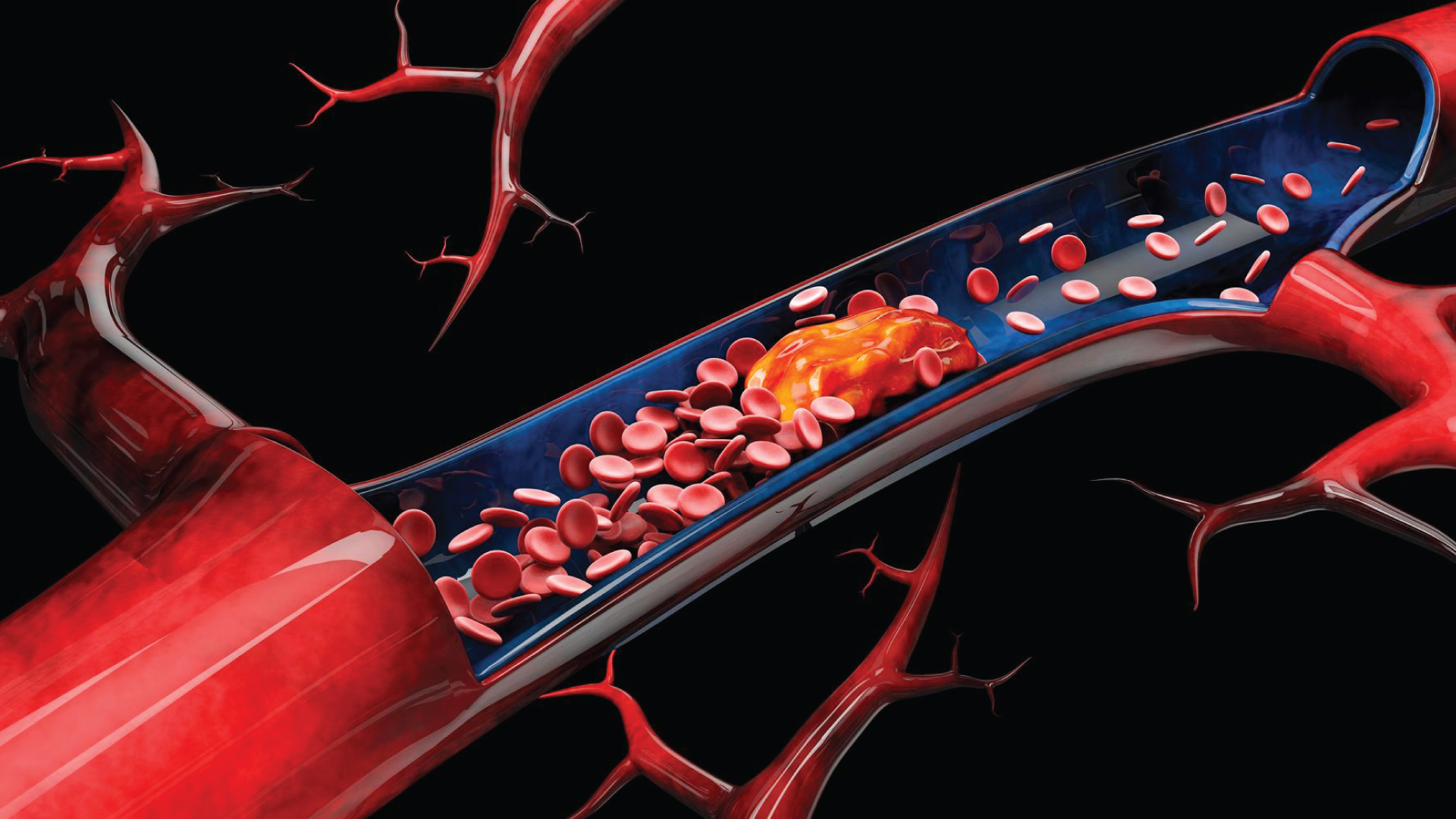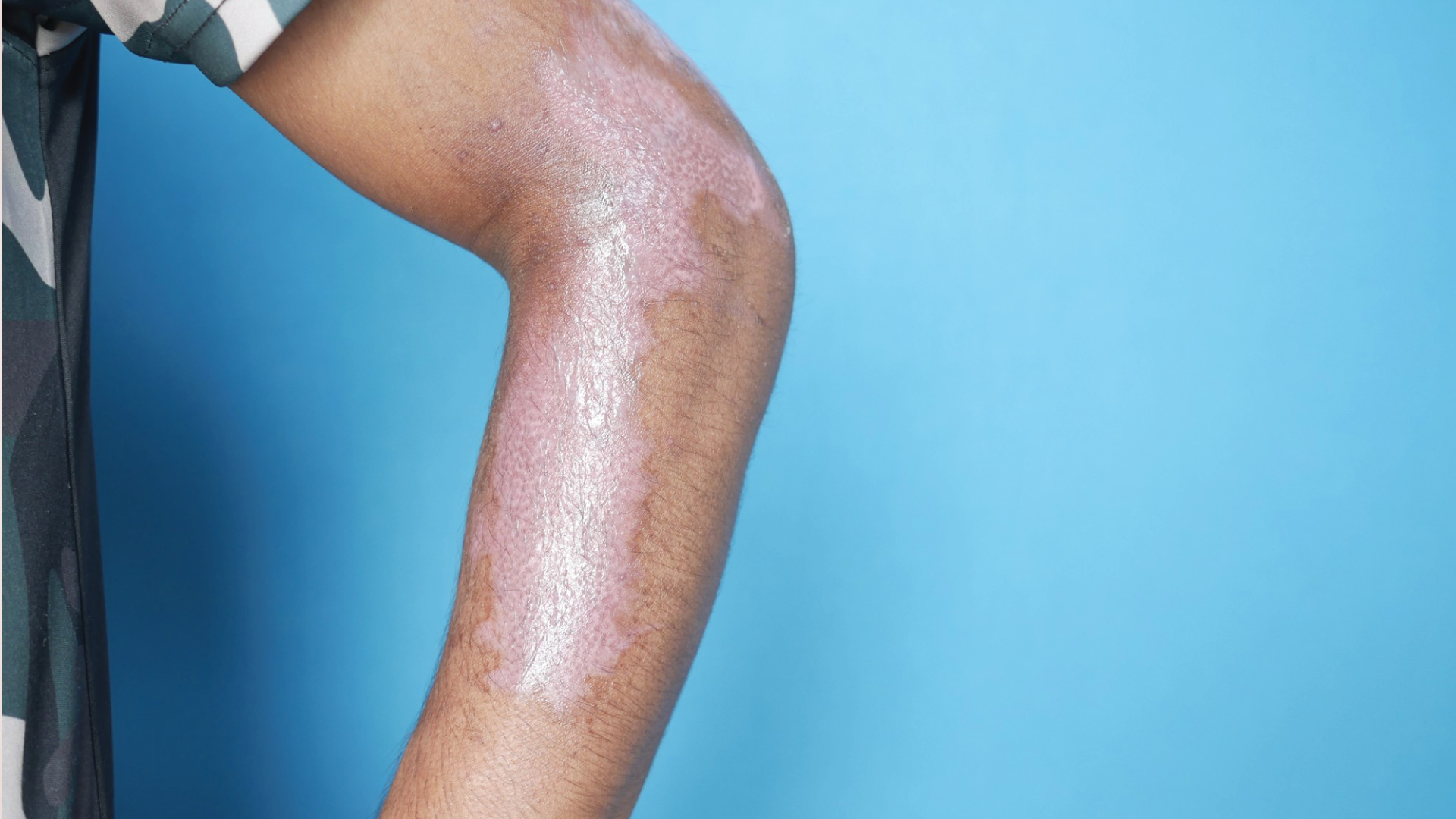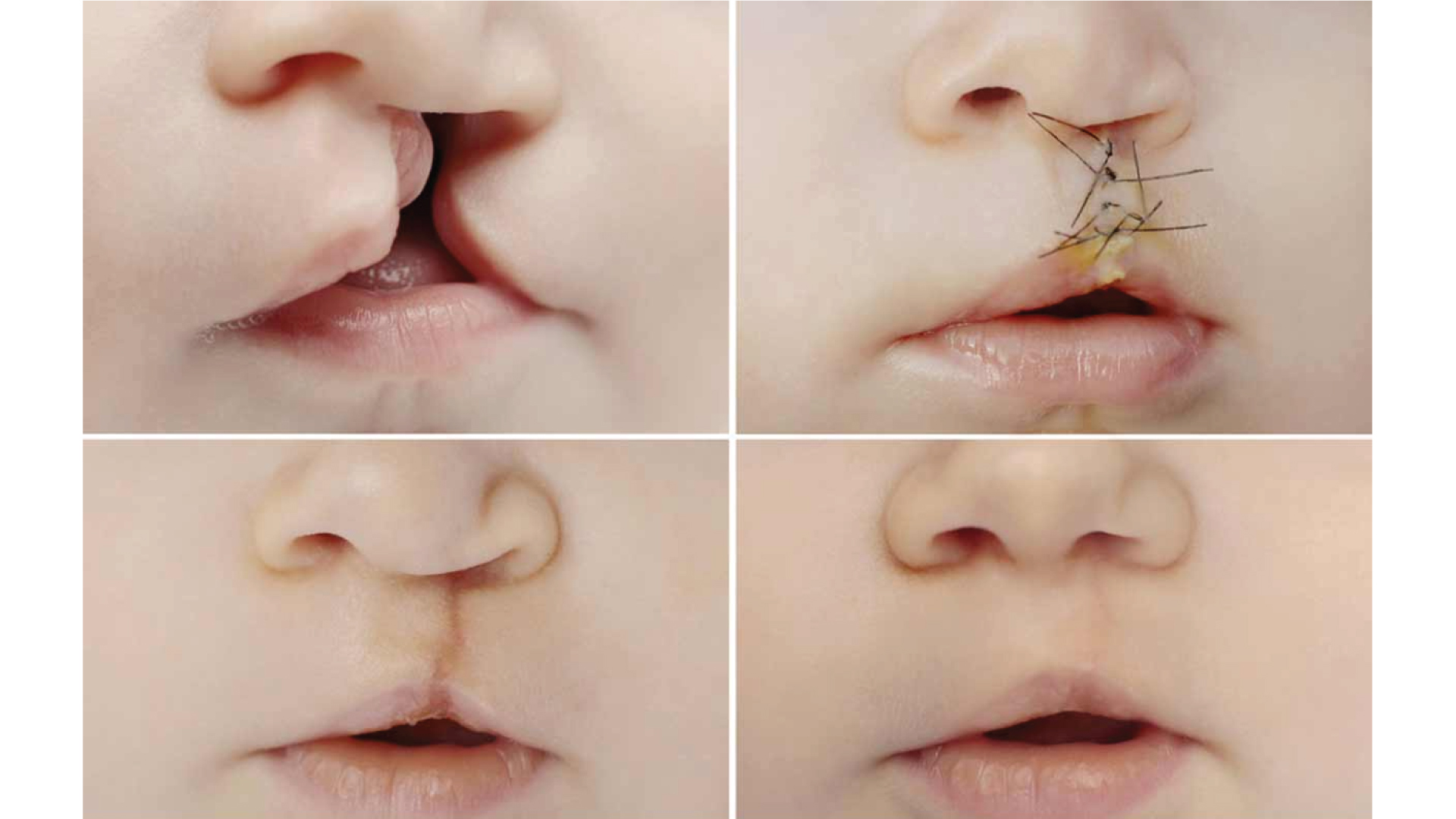
We have used both tropolone as binding agents with PMNs. At the present time,complexes of In]oxinehave found wide acceptance as labeling agents for white blood cells. This agent is alcohol soluble and is always the subject of concern regarding the ultimate viability of the prepared cells. The water-soluble metal chelateInjtropoloneo,n the other hand, being five times as lipid-solubleas oxine, can be incorporated into the cell with high efficiency. Since the incorporation of the cell into the damaged lung was of prime concern, we used both thecompounds to examine the relative efficacy of using oxine versus tropolone as the binding agent.
The results of our study, however, indicated that tropolone behaves similarly to oxine as an maging agent in evaluating PMN influx into lung and in assessing the microvascular injury. The relatively higher amount of PMN influx into the lung with tropolone compared to oxinemay be explained by the enhanced lipid cytobility and efficient labeling in acid citrate dextrose of tropoloneas reported
earlier (22).
In our study, injury to pulmonary microvascular endothelium appeared to occur after 48 hr of oxygen exposure, which was detected by scintigraphic tech nique. This injury is presumably an early and critical event in the development of a variety of diffuse lung injuries. Unfortunately, there is no noninvasive tech nique available to detect such an early event of lung injury. Blood gas analysis did not show any abnormality in 72 hr oxygen-exposed rabbits. However, injury to pulmonary microvascular endotheium was obvious by histological examinations at this stage. Noncardiogenic pulmonary edema formation was also confirmed by the dry/wet weight ratios of the lung biopsies. Clinically detectable edema occurred after 96 hr oxygen exposure when the microvascular injury advanced to a critical stage@In our study, we found only 50% mortality beyond 96 hr oxygen exposure.





